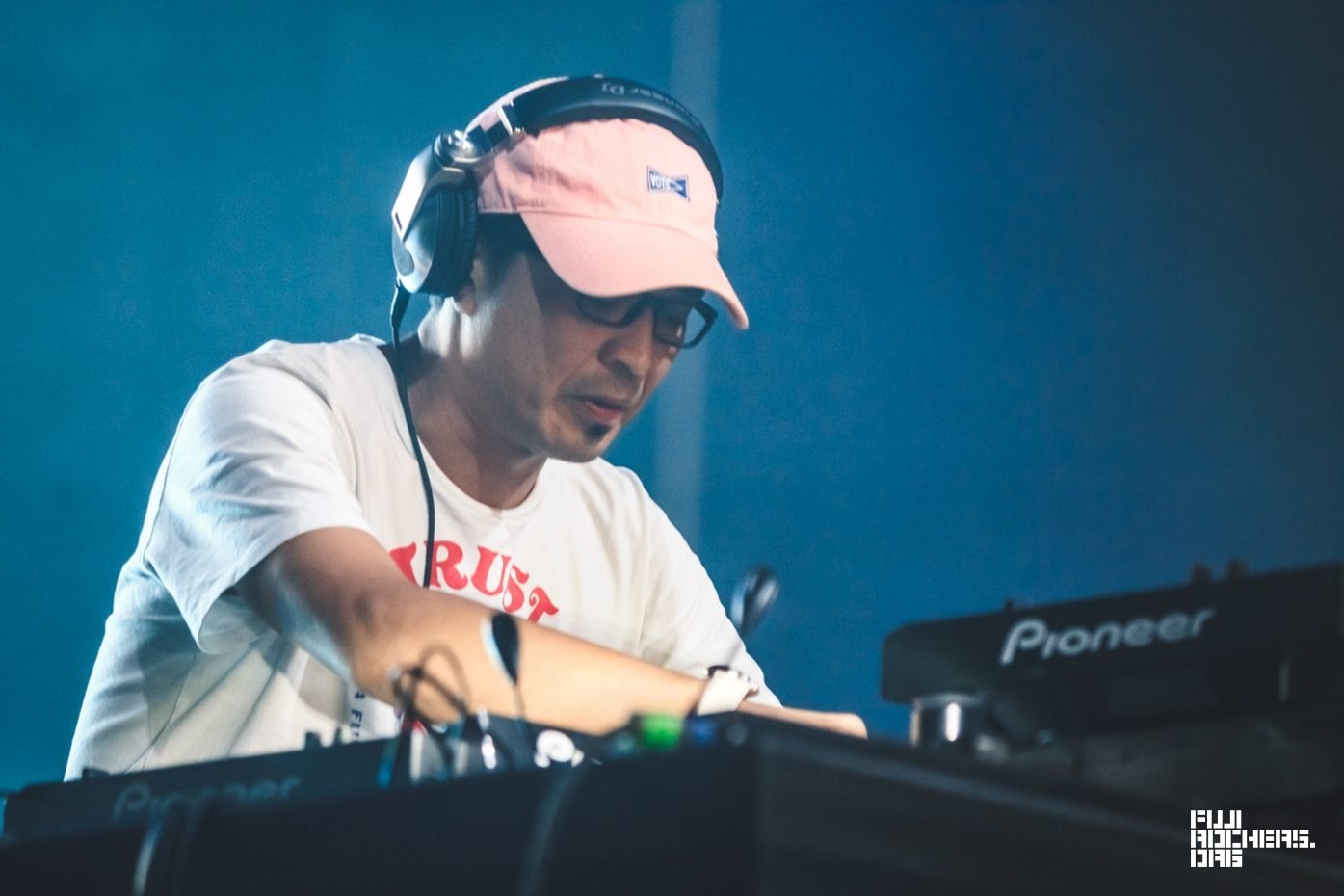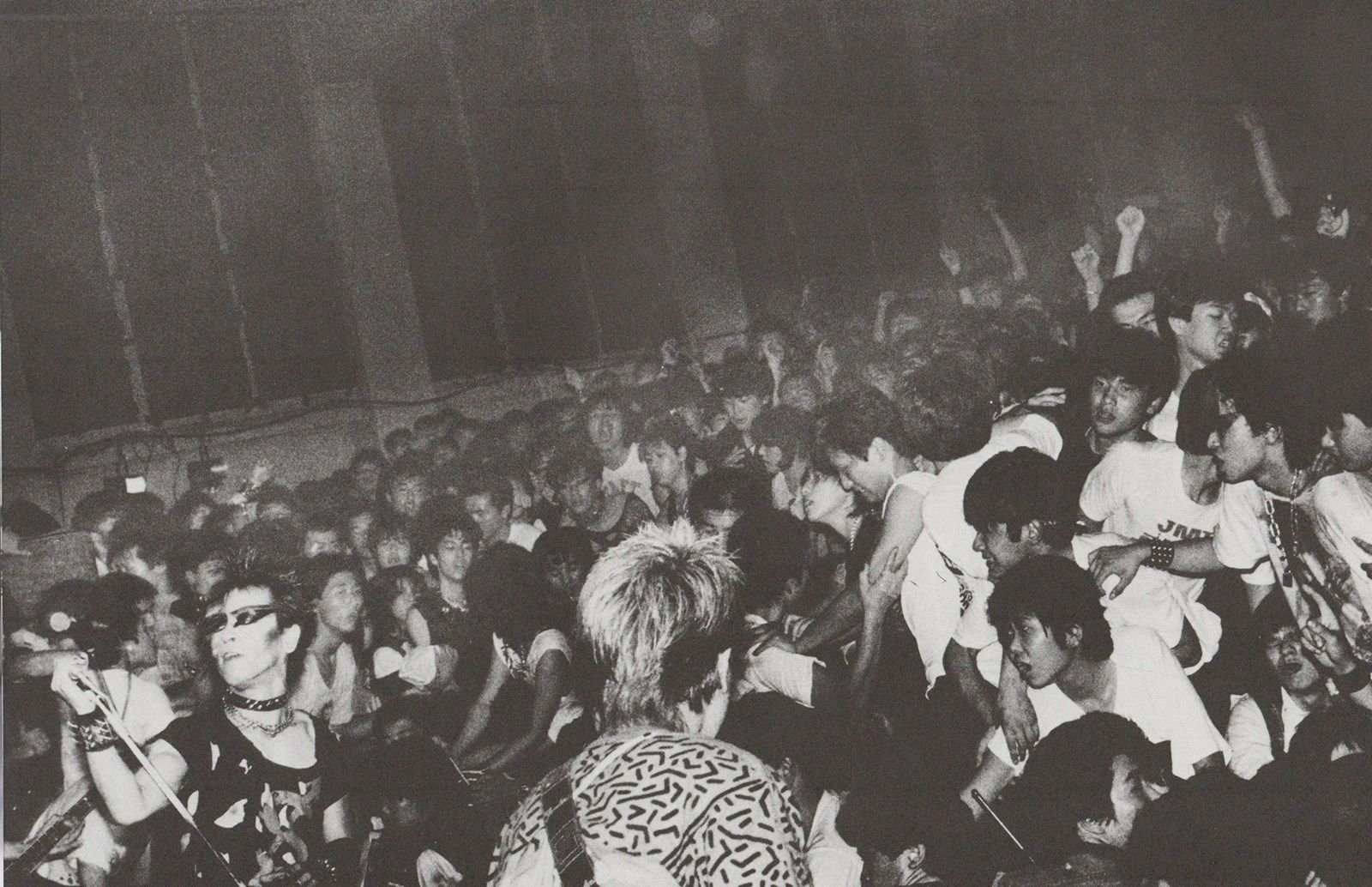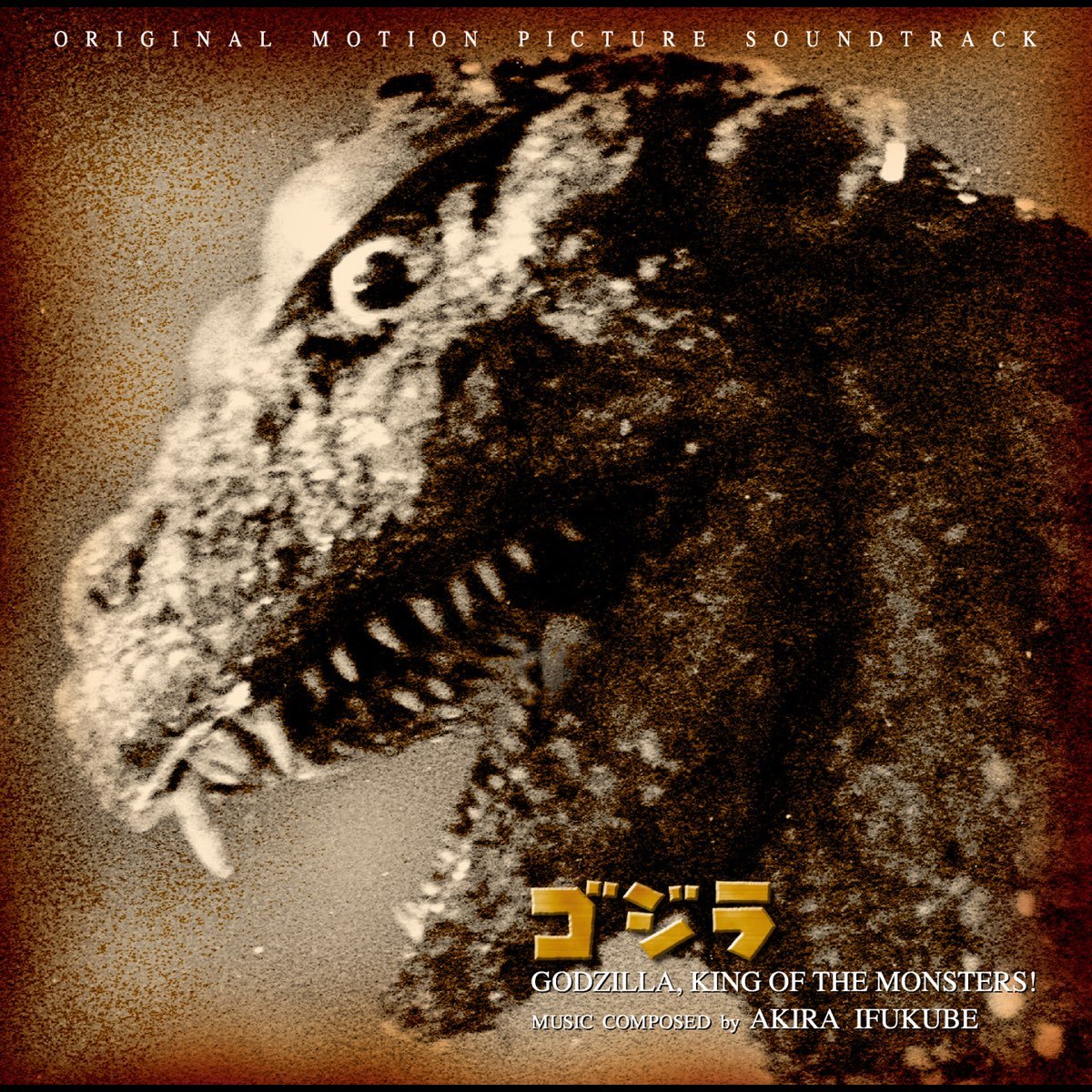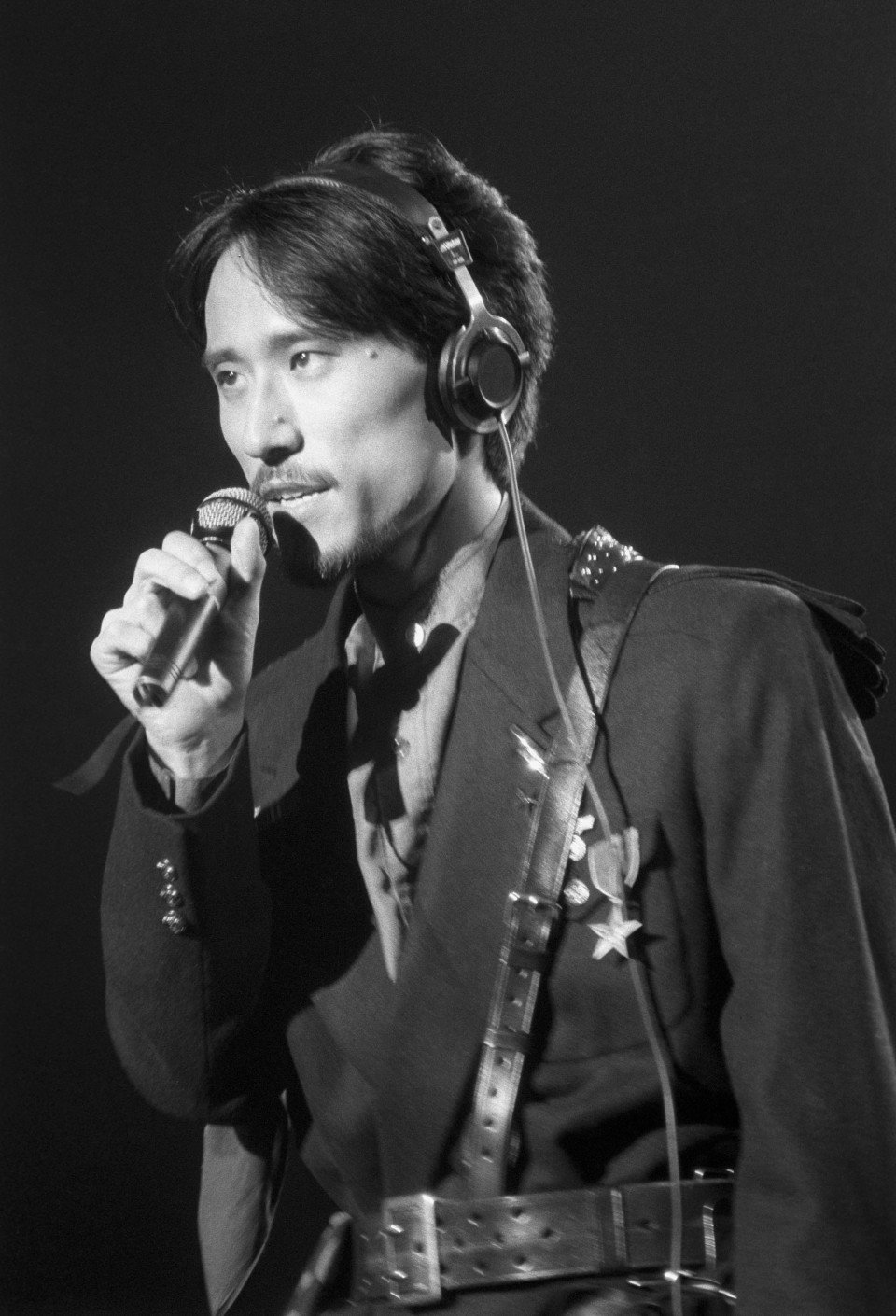The Japanese DJ That Captured The European Techno Scene: Takkyu Ishino

Takkyu Ishino is an electronic record producer and DJ from Shizuoka, Japan that garnered substantial global recognition for his unique trance and eurodance inspired pop techno sound.
First forming Denki Groove in the 1990 with a highschool friend, Ishino developed his unique style throughout the early half of the decade. This duo produced Vitamine [1993] and Dragon [1994] before eventually branching off to work on solo projects in 1995.
The group’s sound, with Ishino’s style still developing at this point, utilized bright instrumentation featuring progessive chords and upbeat drums, while also layering intriguingly eccentric vocals over the fast paced tempos that reached as high as 160 beats per minute.
During this time, the European techno scene was beginning to experiment with speeds reaching up to 180 beats per minute while also finding inspiration in pop, house, disco, and psychedelic ambient. Ishino took notes and began blending all these sounds together brilliantly.
Ishino’s first solo effort in 1995, Dove Loves Dub, was an instant classic and put him on the map for European techno fans. For the cover art, Ishino recruited famed Japanese illustrator and creator of Akira, Otomo Katsuhiro.
He followed this tape up with Mix Up Vol. 1 which solidified his talent in the minds of dedicated fans. In these two projects, Ishino implemented trippy ambient samples over beats that toed the line of techno and trance, while also taking notes from breakbeat, jungle, UK garage, and just about every electronic genre popular at the time in Europe.
Ishino was soon the most notable Japanese DJ across Europe, eventually performing at Berlin’s famed Love Parade, the massive electronic music festival considered to be a pilgrimage for many hardcore techno fans.
Ishino managed to prove to the very competitive and closed off European electronic community that he could not only hold his own amongst contemporaries, but could challenge them and the genre itself by making it his own.





